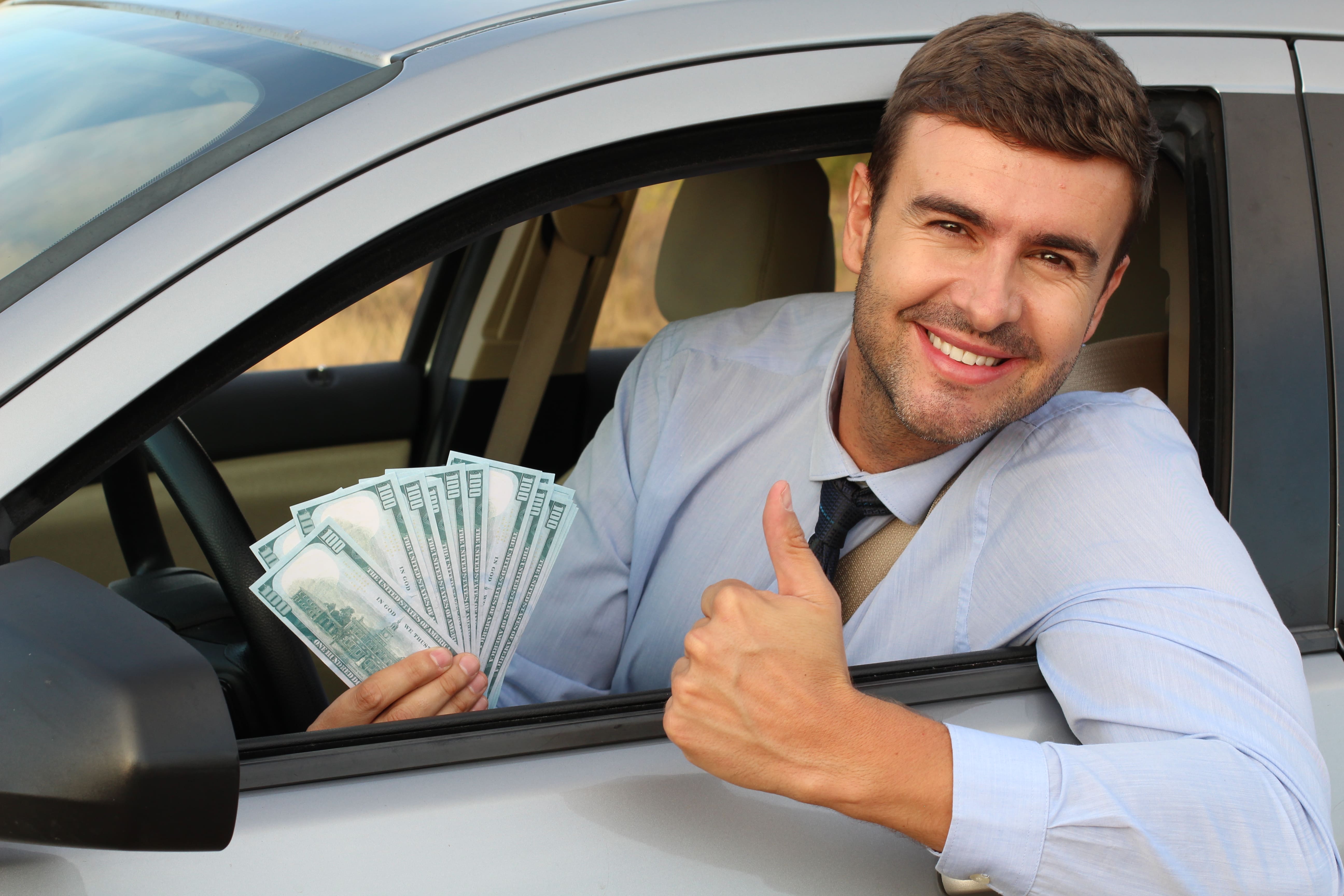Here are some driving tips on how you can reduce your motoring expenses as household expenses rise, from fuel and parking savings to selecting the best new vehicle to lease. The cost of living issue is having an impact on practically every element of daily life, including the expense of driving for drivers who are struggling.
After several months of constant increases, fuel prices have levelled off, but they are still high, and drivers are looking for methods to save money as rising energy and food prices put a strain on household budgets. The easiest ways to reduce operating costs are to drive less often or not at all, but for many drivers, this is simply not an option. As a result, we've come up with some other measures you can take to reduce the cost of driving.
Petrol Vs Diesel
When buying a diesel instead of a petrol vehicle, you would initially save money. That's not always the case now.
To begin with, diesel fuel is more expensive than petrol: the premium on a supermini-sized car can be 10% or more. Although they typically offer superior economy, diesel fuel is equally expensive as petrol, and modern, efficient petrol engines are catching up. You could be better off keeping with petrol unless your annual mileage is extremely high or you mostly travel on highways or other important roadways. If your circumstances permit it, you might also think about driving an electric or hybrid car.

Ditch the Premium Fuel
The so-called "premium" fuels are presumably something you've seen when buying petrol or diesel. These fuels, according to retailers, improve performance and efficiency while cleaning and safeguarding your engine. When in actuality, utilising fuel with a higher cetane (diesel) or octane (petrol) rating won't likely result in any gains to your vehicle unless you're driving a flashy sports car. However, the additional cost per litre might be up to 10p.
If you're still interested, we'd suggest trying out two or three tanks of premium fuel. It might be worthwhile in the long run if you notice a sizeable boost in the number of miles you can get out of a tank.
According to the most recent statistics from the Finance & Leasing Association, more than 90% of new cars are purchased with financing. Why such a large portion? Fixed monthly payments, no worries about depreciation, and the freedom to transfer to a new automobile after the lease are all advantages of leasing.
Leasing continues to be a highly popular choice for drivers wishing to go electric because the monthly payments for electric and hybrid cars are comparable to those of their petrol and diesel counterparts, although if you were to buy outright, their costs are still considerably different.
At MWVC we additionally provide you with the choice to add on a maintenance and service plan that is spread out throughout the lease. All planned maintenance, including MOT, servicing, and tyre replacement, may be included in maintenance packages. Also available are breakdown and roadside help. All necessary services can frequently be purchased at a discount.
Choose Your Parking Spot Wisely
Before you return your leased vehicle, its condition will be evaluated. If any corrections are not covered by the fair wear and tear policy, you will be charged. Parking far from other vehicles can help prevent damage by preventing their doors from damaging them and wheels from scraping as they drive in and out. Learn more about our fair wear and tear policy here.
Drive Carefully When Your Vehicle is Cold
Cold weather reduces a car's efficiency the most. Driving swiftly right away after starting up doubles the amount of fuel that is lost and hastens the engine's wear and tear. You'll start saving money as soon as you demonstrate some mechanical empathy.
In the same breath, you shouldn't let your engine idle for an extended period either. Modern engines are built to start running as soon as you turn the key; warming the engine is no longer necessary. It might be worthwhile to spend money on a vehicle with heated seats and a heated steering wheel if you enjoy having a toasty interior on chilly days. Once you've warmed up, don't forget to turn them off because they'll boost your fuel usage when they're on. For more tips on how to drive safely this winter, read our previous article.
Follow us on Instagram for more driving tips and to stay up to date with all our latest news and offers.


._1669892657.webp)
